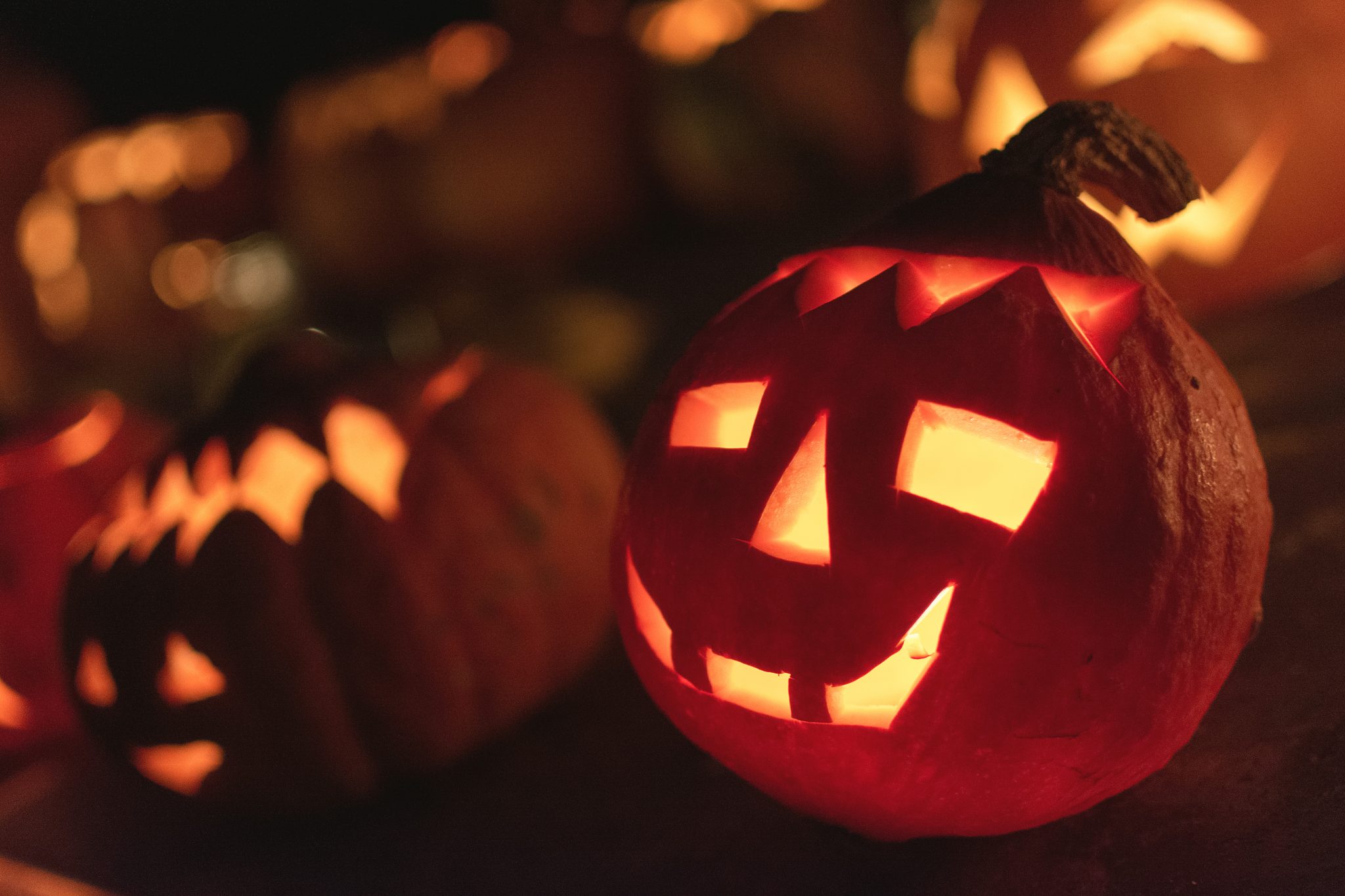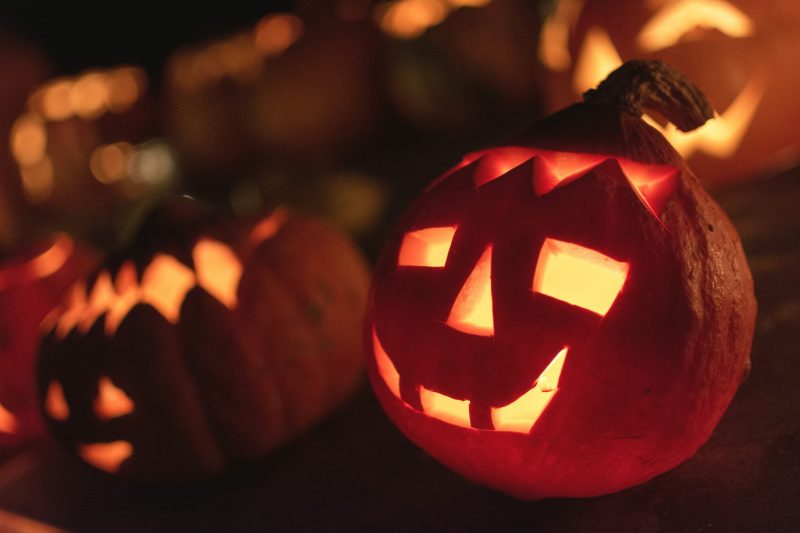A Halloween history


Today, the idea of celebrating Halloween in any way other than trick-or-treating or hosting a party for your closest friends may seem inconceivable. After the pandemic shut down or restricted Halloween plans, this year’s celebrations will mark a return to normalcy.
While stores peddle boxes of decorative squash and pile boxes of various candies skids high, buying into traditional Halloween celebrations is tempting. However, where did Halloween celebrations originate from? How have they changed and developed over time?
Speaking with Nicholas Rogers, research professor in the Department of History at York University, Halloween’s origins are far more elaborate than many believe.
“Well, there are two versions of this”, Rogers elaborates. The first version of the celebration’s origin, Samhain, was an “old pre-Christian Celtic festival that celebrated the turning of the year.”
“The Celts had two seasons rather than four. So as the winter came in, they celebrated this. And there were all sorts of superstitions associated with this holiday – with that particular festival about fairies and malevolent spirits coming out of the countryside and killing off the crops,” said Rogers.
In this version, the celebration “really related to the dying of vegetation” which contributed to the “supernatural twist” of the holiday.
“A lot of the rituals associated with the holiday really come from the Christian festival, because it offered prayers and hopes for the dead on the assumption that if you prayed hard enough, the deceased would go to heaven” Rogers said.
One of these rituals, “Souling,” had individuals going door to door offering prayer. In addition, “soul cakes” and ale were shared.
“So that’s the original threshold encounter that took place in the 14th and 15th century.”
In the second version, Halloween was said to be the “Eve of all Hallows” or the “Eve of all Saints.”
“It was associated with Christian celebrations for the dead in what in the medieval times was called “Hallow Mass” and then became, in its more secular variant, Halloween,” Rogers explained.
With these two different origin stories for Halloween, Rogers illustrates how some individuals wish to “emphasize the original Celtic” in a way that sensationalizes the “Macabre mystique” of Halloween itself.
How, then, did trick-or-treating become a common Halloween practice?
“It was something that was introduced in the 1950s in America,” Rogers elaborated.
“The original Halloween of the interwar years was fairly raucous, a lot of mischief making, and there were raids on corner stores and things like that. It wasn’t trick-or-treat, it was “shell out.” That was the imperative that was given to people. People were held hostage for a night and it was a kind of young person’s night rather than a kid’s night, actually.”
It wasn’t just America that was having issues with vandalism on Halloween – the problem extended to Canada as well.
The original Halloween of the interwar years was fairly raucous, a lot of mischief making, and there were raids on corner stores and things like that. It wasn’t trick-or-treat, it was “shell out.”
Nicholas Rogers, research professor in the Department of History at York University
“It was a very rough one here, actually, on the beach in Toronto. People put gasoline down the tram lines and set them on fire, and the cops were brought in. They arrested people, and then the police station was pursued by about 200 or 300 revolters and so on. It was pretty heavy.”
To help curb vandalism, the practice of “Youth Honour Day” attempted to quell young people: “The US Senate in 1950 changed Halloween to “Youth Honor Day,” in which they would get high school kids to pledge to behave themselves on the 31st of October.”
Unfortunately, the practice didn’t work. However, from this point the “candy people” got a hold of the holiday: “They tried to sort of infantilize the holiday and make it more of a “kiddies” holiday,” Rogers explained.
However, it was a positive change: “[the change to a more “kiddie” holiday] was accompanied by charitable collections at the door, initially for UNICEF, for children associated with the United Nations,” Rogers elaborated.
“So that’s how trick-or-treating came in. Trick-or-treating is really a relatively new phenomenon to Halloween in the long scheme of things.”
However, in the 1960s, Halloween had a distinct “social edge.”
“In the 60s, it had a gender twist to it, and there was a lot of demonstration and celebration of alternative sexualities. And it was a gay night.”
This didn’t last long.
“The gays are now an established feature of metropolitan living, so the holiday lost its social edge, if you wish. In the 1970s it became just more of a sort of consumer event, really, in which kids dress up.”
The 70s were also full of the wrong kind of Halloween scares, where stories surrounding Halloween treats being laced with poison were rampant.
Today, Rogers details how he believes that the holiday has become more tame: “I don’t think there’s much to it at the moment, really. Is this a celebration? It’s an interesting celebration. It’s a good celebration for kids and for neighborhood solidarities. But beyond that, you know, it’s lost a bit of its purpose.”
Despite the continuing “tameness” of the holiday, it continues to be an interesting point of conversation due to its role as an “unofficial” holiday: “I mean, it’s just a holiday that’s hung around for a long period of time. It’s kind of like an early mob festival – it’s interesting anthropologically but it doesn’t generate much excitement from me now” Rogers said.
As university students continue to make Halloween plans, the “holiday” continues to live on in the hearts of all who love it – for better or for worse:
“In most small towns and particularly in big cities it’s an interesting event that sort of has become segmented by age – so you have the trick-or-treating which lasts from when the sun goes down at sort of 6 o clock or so.”
“That’s the “kiddies” Halloween. Past 9:00 or 10:00 o’clock is the young person’s night.”
Interested in learning more about the history of Halloween? Rogers’ book, Halloween: From Pagan Ritual to Party Night, can be purchased to provide an even more in-depth look at the holiday.
Happy Halloween, Golden Hawks – stay safe, and make the most out of the spookiest day of the year. Don’t let the ghouls or goblins bite!

